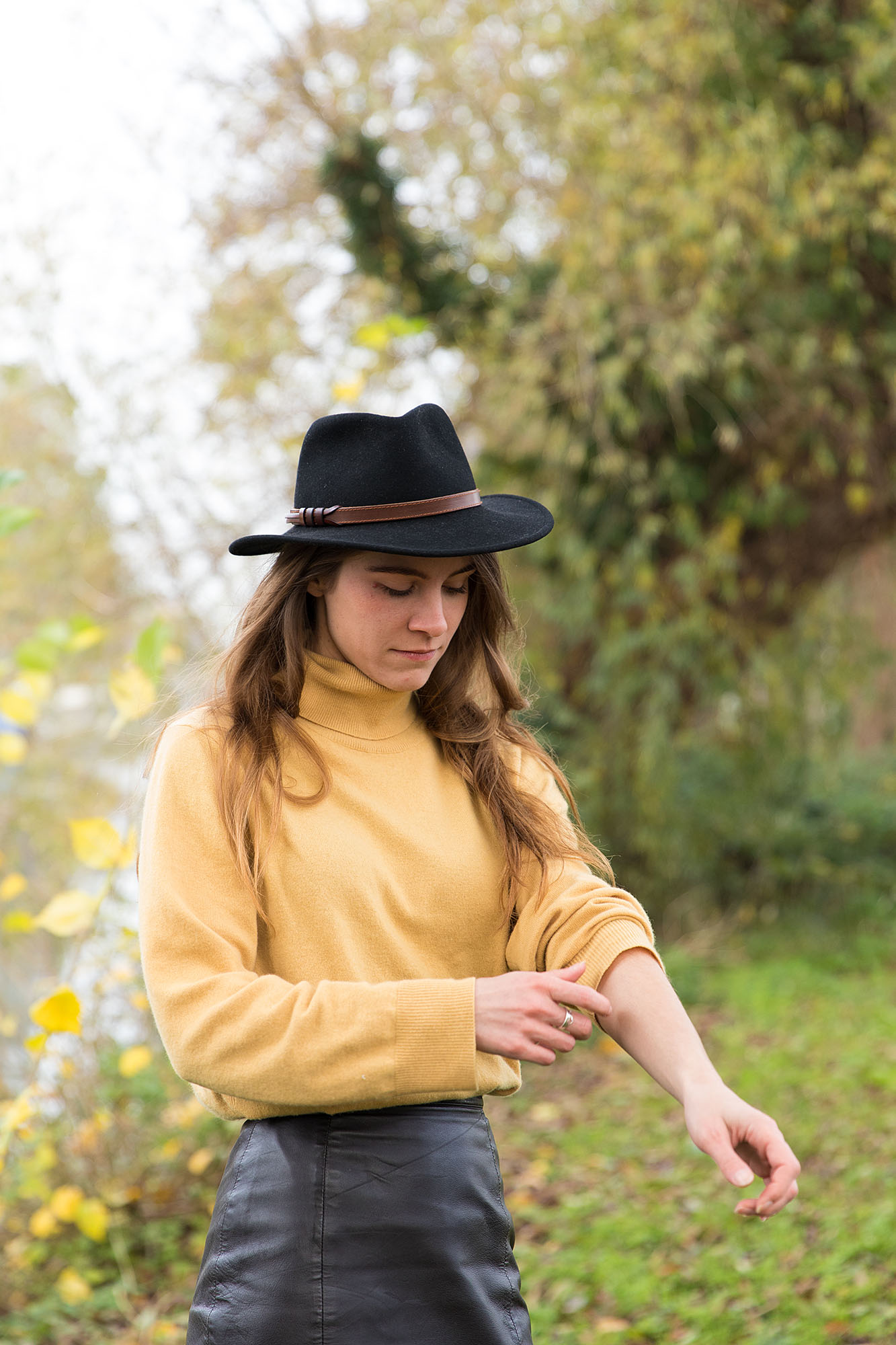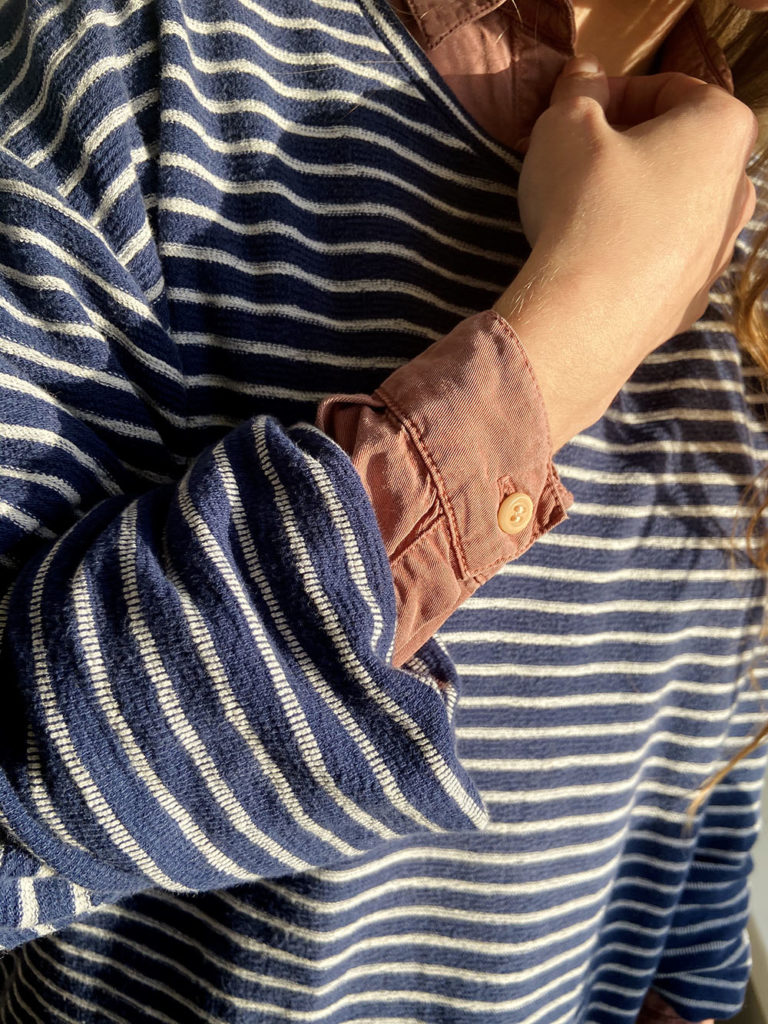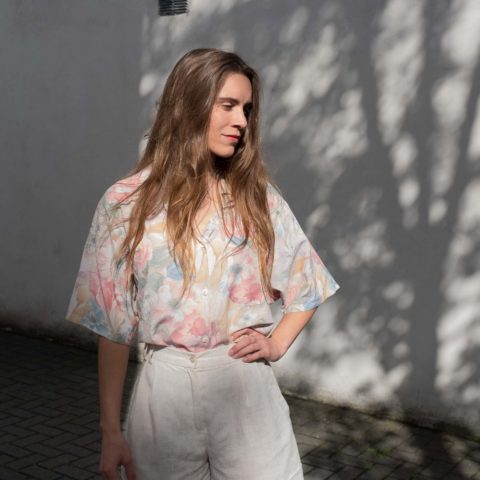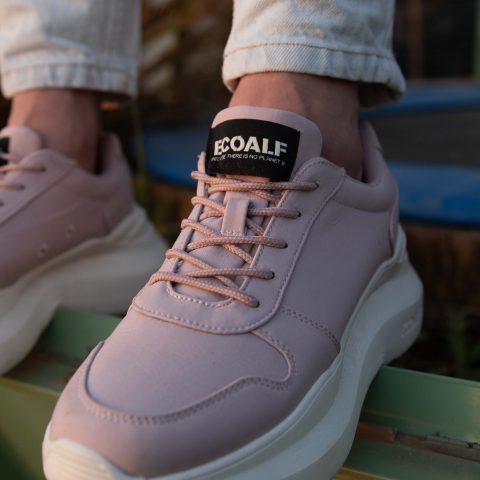Natural alternatives
The good news is, it doesn’t mean you have to wear synthetic fibres. Plastic pollution is a big problem, and it’s a threat to many wild animals. Swapping out one harmful material for another is not going to help our planet. And besides that, I don’t want to give up my breathable, cosy knitwear for a sweaty and static fabric. So here are 6 sustainable alternatives that look good ánd are warm and comfortable.
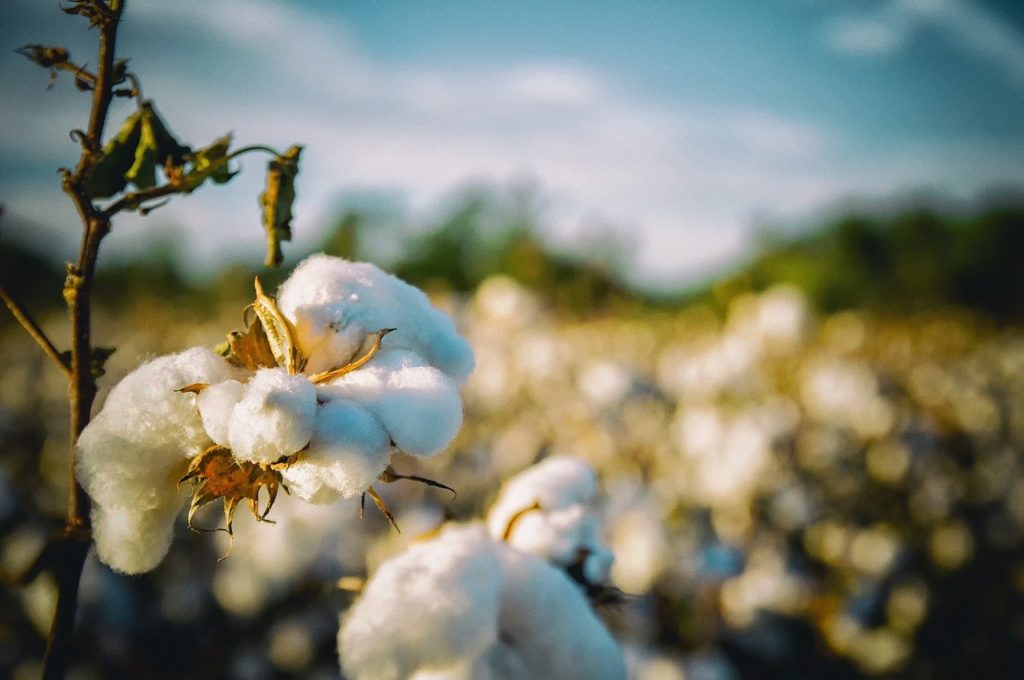
1. Organic Cotton is eco-friendly and natural. It’s not as warm as wool, but you can find nice soft sweaters made from organic cotton. These cotton crops aren’t treated with toxins that are harmful to you, the farmers, and the environment. Because the growing of (organic) cotton needs a lot of water, second-hand or recycled organic cotton is a more sustainable option.
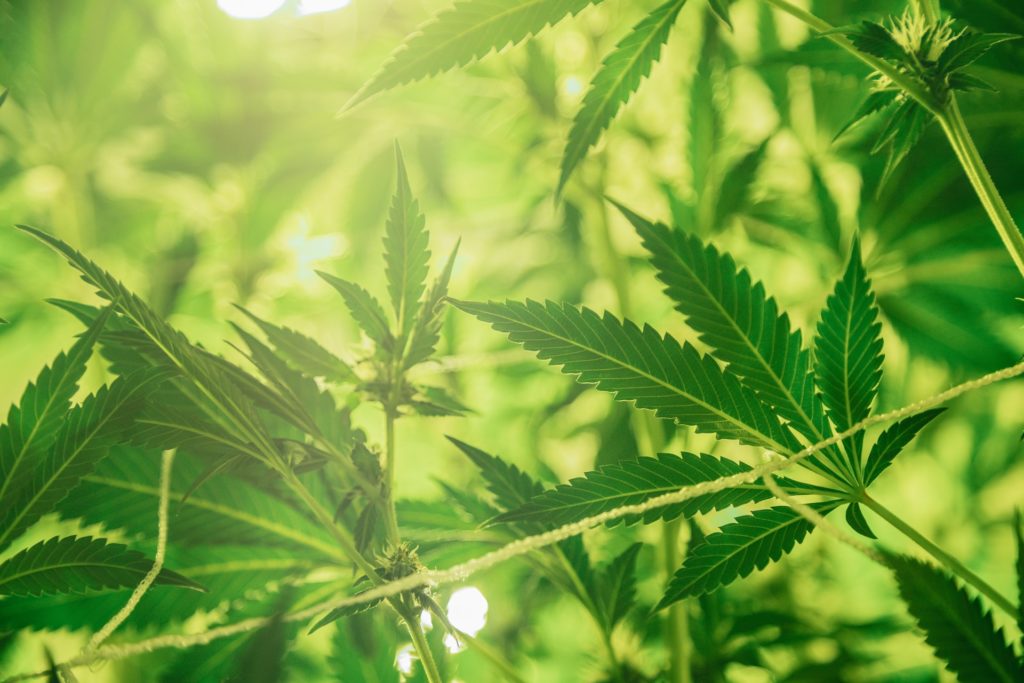
2. Hemp is a natural, biodegradable material and is often used in blended fabrics. It doesn’t require any pesticides to grow and is very breathable, warm and has a perfect soft feeling: Perfect for winter! It also is very durable: it’s 8 times stronger than cotton.
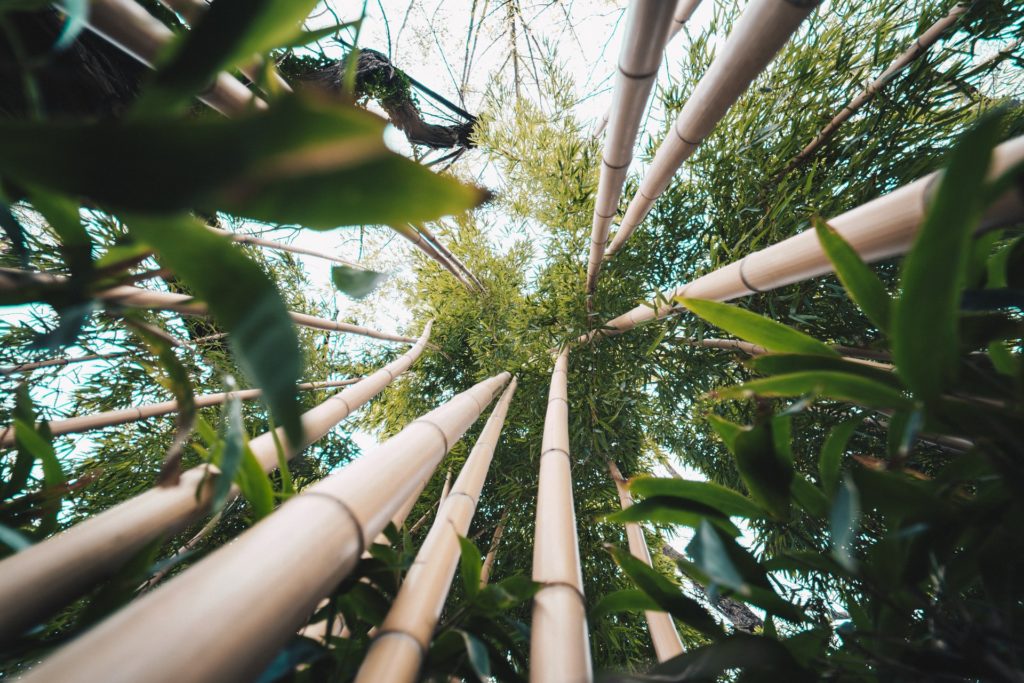
3. If it’s grown sustainably, bamboo is a great option as well. Bamboo is antibacterial, which means you’ll stay fresh all day! It’s also an incredibly soft fabric and will keep you warm throughout the cold winter months by wicking sweat away from your body. Bamboo grows fast, it’s self-regenerate, and it needs no fertiliser. Sounds sustainable right? Although bamboo is fast-growing and requires no pesticides, that doesn’t mean that it’s being grown sustainably. The majority of bamboo is grown in China; there’s no information regarding how intensively bamboo is being harvested, or what sort of land clearing might be underway to make way for bamboo. That is doesn’t need pesticides; there’s no guarantee that they are not being used to maximise the production.
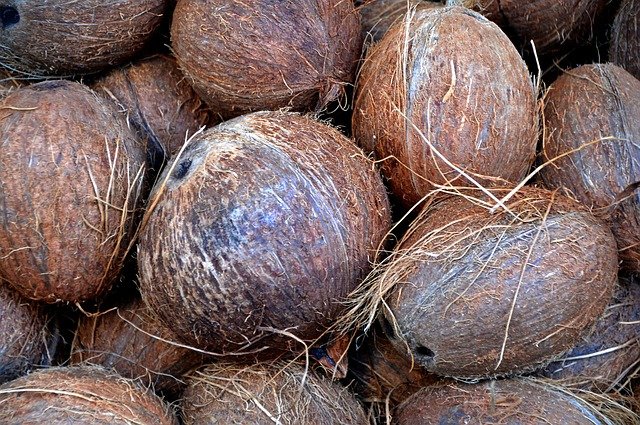
4. Students from Universidad de Los Andes in Bogotá, Colombia developed Woocoa, a plant-based alternative to wool. It’s made from hemp and coconut fibres treated with enzymes extracted from the oyster mushroom. It’s also very sustainable: Hemp is a fast-growing plant, and coconut fibre is available as agricultural waste. Oyster mushroom enzymes are used to degrade lignin, organic polymers that make plant cells hard and rough. This makes the yarn much softer: It feels like wool! Woocoa won the PETA Prize for animal-free wool during the Biodesign Challenge 2018. Unfortunately, it’s not yet on the market.
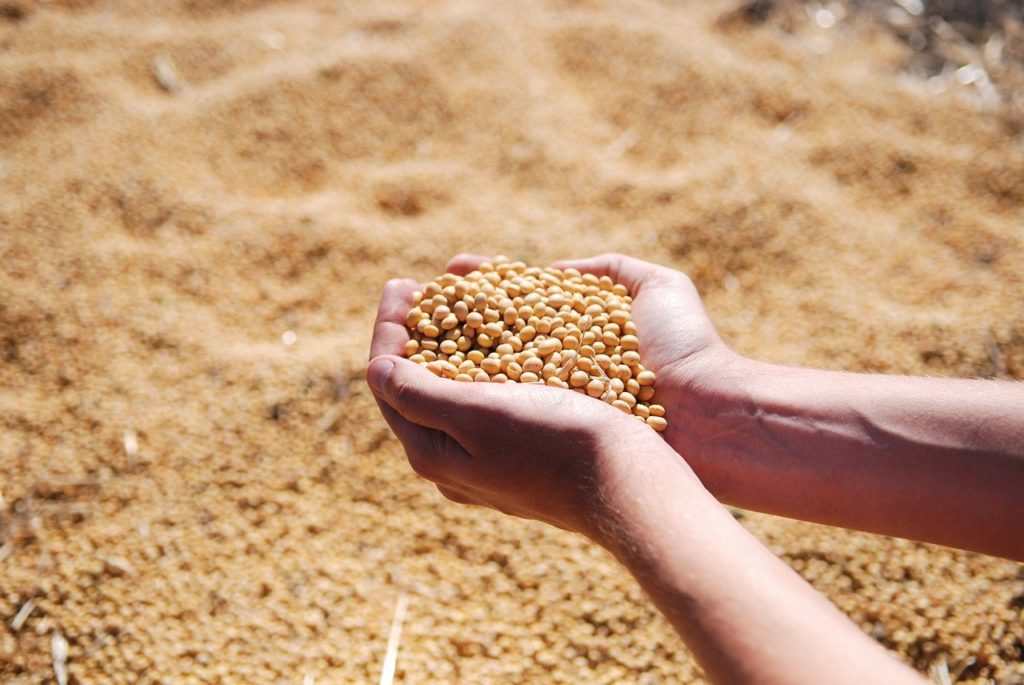
5. If you started reading this blog because you want to ditch animal-derived products: I’m sure you’re familiar with soybeans. This plant is usually used in vegan alternatives for meat or dairy. But did you know you could also be wearing soybean fibre? The best news is that this material is derived from food production waste, which makes it even better for the planet! This material is occasionally called the vegetable cashmere and is undoubtedly a lot cheaper than the animal-derived cashmere.
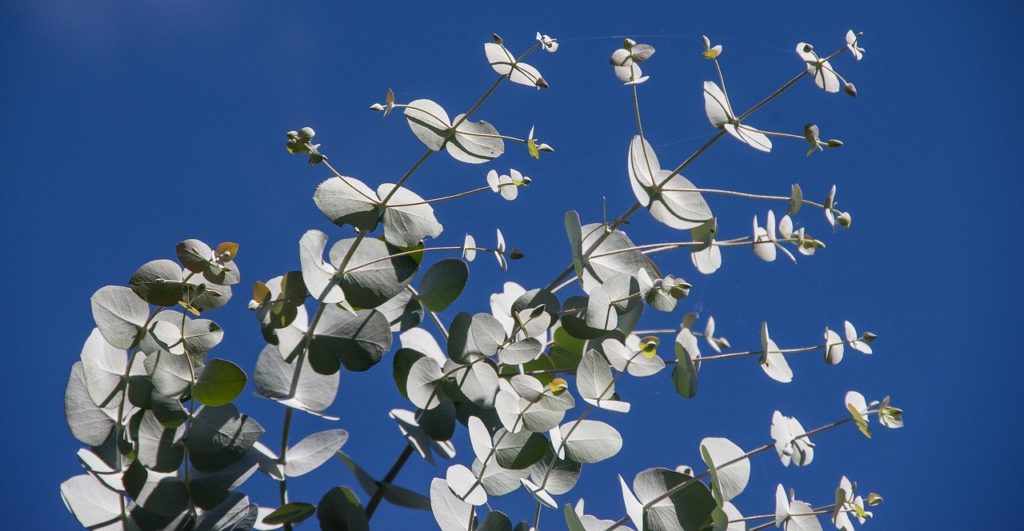
6. Did you know that Tencel (formerly Lyocell) is made out of wood cellulose from eucalyptus trees? It’s a form of rayon made from bleached wood pulp. It’s soft, wrinkle-free and very durable. The best thing about Tencel is that it is made using a closed-loop technology, so chemicals and water are reused, reducing the impact on our planet!
Wool is a unique material, but there are really nice looking, warm and innovative alternatives. One last tip: If it gets freezing during wintertime, wear layers. This will help you keep warm. And oh, if it’s possible: Choosing second-hand is always the most sustainable option!
–
Second-Hand Sweater – Adidas (100% Cotton)
Turtleneck – Monki, it’s an old one (49% Viscose, 46% Cotton, 5% Elastane)
Necklace – Bloesem Vintage
Second-hand Striped Sweater (100% Cotton)
Pink Blouse – Two Thirds (100% Tencel)
What is your favourite alternative to wool? Share your tips with us!
Here can you find my earlier blog about the dark side of the wool industry.
